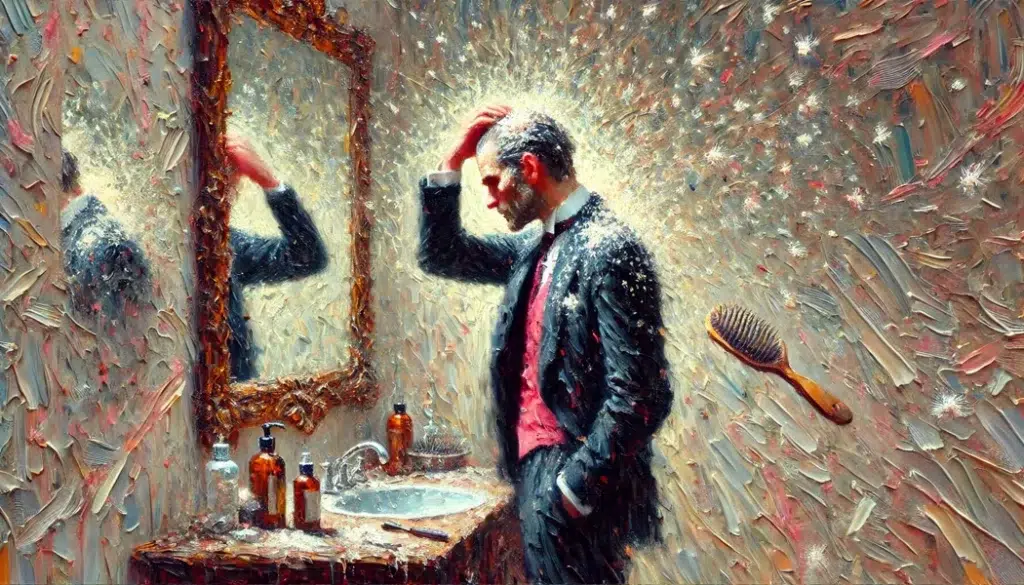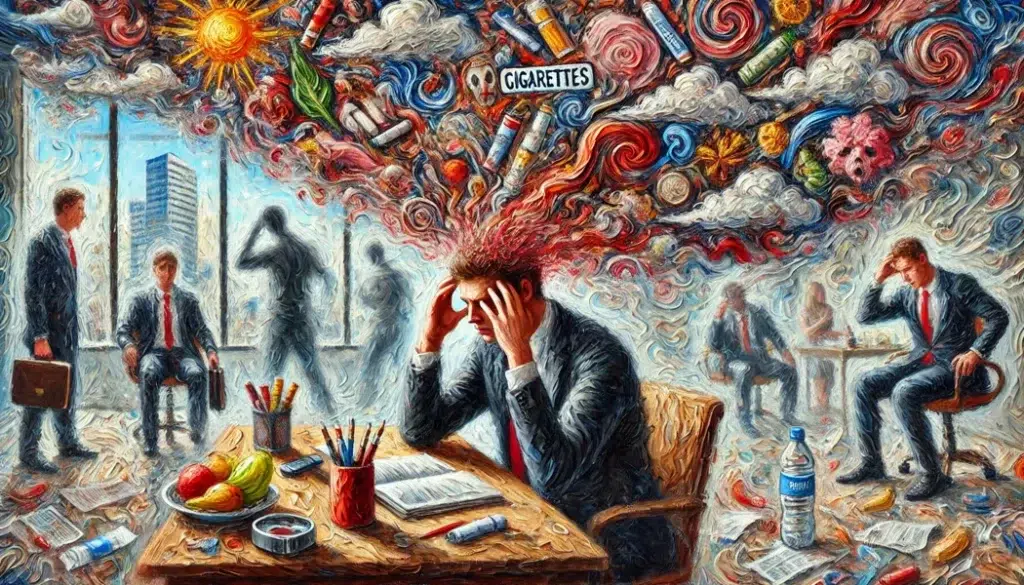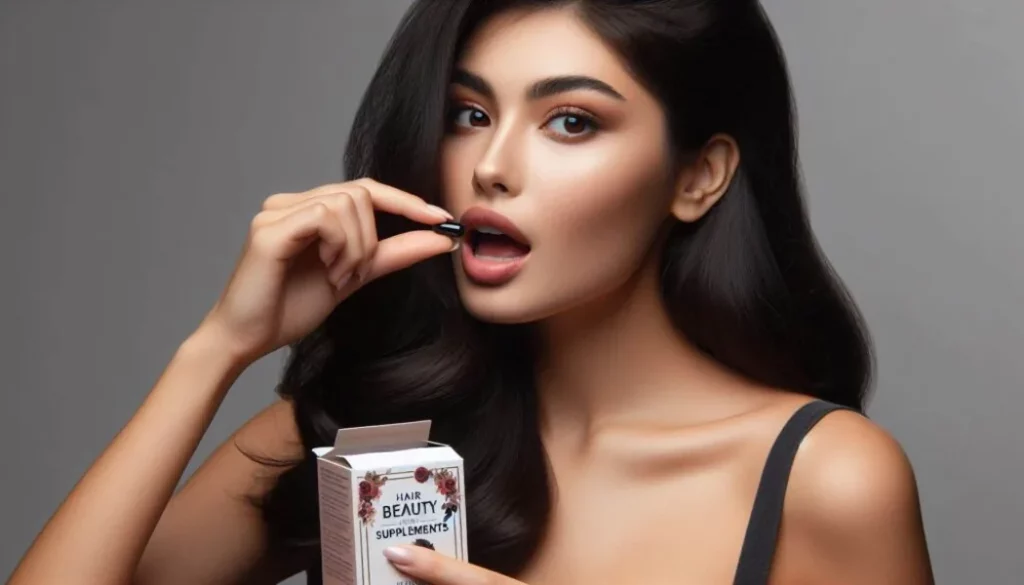⚠️ Scalp Irritation and Dandruff: When to Take It Seriously
Scalp irritation and dandruff can really mess with your self-confidence and comfort, right? 😖 Finding little white flakes on your clothes or dealing with relentless itching is nobody’s idea of fun. But how can you tell when your scalp’s just being moody — and when it’s time to take real action?
Dandruff usually shows up as those pesky white or yellow flakes on your scalp and shoulders. Sometimes it means your scalp’s oil glands are in overdrive, or that a harmless fungus is suddenly partying too hard. 🍄 These flakes might be dead skin cells that normally fall off without you noticing — but under dandruff conditions, they love making a scene.

Recognizing scalp irritation is key — not just for comfort, but for your hair’s long-term health. That annoying itch, redness, or tenderness? Yep, those are classic signs. And irritation often kicks off the whole dandruff cycle, leading to even more flakes than your comb can handle.
The irritated scalp often plays the villain here — triggering faster skin turnover and leaving more white “snow” on your shoulders. ❄️ But the good news? Early recognition means you’re in control before things get out of hand.
Keeping a close eye on your scalp health helps not just with how you feel, but also with how your hair looks and grows. By catching symptoms early and making smart product choices, you can calm your scalp before it turns into a snowstorm. 💡 Remember: knowledge is power — and you’re now one step closer to tackling this head-on! 💪
🧠 Identifying Common Triggers and Risk Factors
Scalp irritation and dandruff don’t just happen out of nowhere. Sometimes, it’s our lifestyle or underlying health conditions that invite them in. Recognizing these triggers is the first step toward kicking them out. 🚪
Certain health issues like psoriasis, eczema, and fungal infections can trigger major scalp flare-ups. When your body is dealing with these problems, it doesn’t take much for your scalp to throw a full-blown party you didn’t RSVP to. 🧨
Lifestyle habits also play a hidden — but powerful — role. A poor diet, smoking, alcohol, and exposure to pollution all act like VIP passes for dandruff to settle in. Even too many sugary drinks can nudge your scalp in the wrong direction. The more these habits pile up, the higher the risk of those annoying flakes! ⚠️
And then there’s stress — the silent troublemaker. It doesn’t just mess with your mood 😫, it can throw your scalp’s balance into chaos. Sometimes, your scalp shows signs of stress before the rest of your body does — making everything else feel even heavier.

💡 The good news? You’re in control. Adjusting your daily habits can significantly reduce the risk. Think of it like clearing the runway before a big takeoff — eliminate obstacles, and your journey to a healthier scalp becomes much smoother. ✈️
Start with simple shifts: eat better, cut back on vices, find ways to decompress, and stay consistent. Every small change adds up — opening the door to stronger hair and a flake-free future. 🙌
💊 Effective Treatments for Scalp Irritation and Dandruff
Finding yourself stuck with a flaky, itchy scalp can feel like déjà vu you didn’t ask for. 😩 The good news? There are plenty of options to chase those flakes away — and many of them are more accessible than you think.
One popular route is using specially formulated anti-dandruff shampoos. Look for ingredients like zinc pyrithione, ketoconazole, or selenium sulfide — these heavy-hitters don’t just attack flakes, they also help calm inflammation. 🧴✨
🔗 Cleveland Clinic – Best Anti-Dandruff Shampoo Ingredients
Supplements can also give your scalp a boost — especially if your diet’s missing essential nutrients. Omega-3 fatty acids, for example, are well known for supporting both skin and hair health. 🐟💊 A quick consult with your healthcare provider can help tailor the right plan for you.

But before diving headfirst into treatments, take a step back and address those underlying lifestyle triggers we mentioned earlier. Cutting down on stress, improving your diet, or even just switching up your personal care routine can dramatically improve results. Think of it like setting the stage for success — if the foundation is solid, everything else performs better. 🎭
Already dealing with irritation? Try soothing topical treatments like aloe vera gel or tea tree oil. 🌿 They can ease discomfort and reduce flaking. Just be sure to test any new product on a small area first — you don’t want to add more drama to your scalp story. 🔍
And most importantly — don’t give up. Dandruff can absolutely be managed. With a little patience, some trial and error, and the right combo of care and consistency, your scalp can return to balance and your hair can thrive. 💪
🌟 Optimizing Hair Health and Building Better Habits
You’ve got the tools and know-how in your back pocket now — ready to take charge of your scalp health. Keeping things on track is all about playing the long game. 🛤️ Small steps add up, and over time they shape better habits and stronger, healthier hair.
Every good choice you make is like a deposit into your hair’s future. 🧠💰 Add self-care into your routine — like regular brushing to stimulate your scalp and boost circulation. Hydration, a balanced diet, and taking time to unwind with relaxing activities all work behind the scenes to support your scalp goals.
Consistency is your best friend. 👊 Celebrate the small wins — they show you’re making real progress. Not every day will be perfect, but sticking to your new habits brings you closer to that calm, flake-free scalp you’re aiming for.

Remember, you’re never alone in this. 👥 Sharing your journey — whether with a friend, a hair specialist, or even an online community — opens the door to fresh ideas and motivation you didn’t know you needed.
You’re doing more than just managing dandruff — you’re building a routine that supports your confidence, comfort, and care. And I’m rooting for you every step of the way. 🙌
And hey, don’t forget to sprinkle in some inspiration for those off days:
Stay with us — the best is yet to come.
By following our advice, you’re doing the most you can for your hair.
Be the first to know when we publish new guides, tests, and proven strategies for stronger, healthier hair.
👉 Visit the About Me page to learn more about my journey, mission, and why helping people with hair health is so personal to me.
Want healthier, stronger hair? Discover 8 science-backed habits that protect your scalp and boost natural growth. Get your free PDF guide today!
Disclaimer: This article is for informational purposes only and is not a substitute for professional medical advice. Sensitive claims are supported with scientific references, and full product details can always be found on the official websites of the respective manufacturers or distributors.
Some links in this article are affiliate links. If you choose to make a purchase through them, I may earn a small commission at no extra cost to you — helping me keep HairGrowGenius running. Thank you for your support!

✅ FAQ: Scalp Irritation & Dandruff – What Really Helps?
❓What new shampoos help reduce dandruff and redness?
Shampoos with 4% fermented willow bark extract (Salix purpurea) have shown faster and stronger reductions in dandruff and scalp redness than 2% formulas. Some users notice improvement in under two months with consistent use.
❓How effective are zinc pyrithione or ketoconazole shampoos?
Zinc pyrithione (1%) and ketoconazole (1–2%) are two of the most researched anti-dandruff agents. They fight the yeast that contributes to dandruff and also help reduce inflammation, scaling, and itching when used regularly.
❓Are tea tree oil shampoos a good natural alternative?
Yes. A 5% tea tree oil shampoo can reduce dandruff severity by about 40% in four weeks. However, it can irritate sensitive scalps, so a patch test is recommended before full use.
❓What about salicylic acid or coal tar shampoos?
Salicylic acid shampoos help exfoliate dead skin cells and reduce buildup. Coal tar slows down skin cell production and is effective against stubborn scaling. Both can be useful but may not be ideal for sensitive or inflamed skin.
❓Are there breakthrough formulas for long-lasting results?
Yes. Some newer microbiome-balancing shampoos use technology to reduce dandruff dramatically within days and maintain results for up to two weeks after stopping. These formulas soothe irritation while restoring a healthy scalp environment.
❓What are smart daily care tips?
- Use proven anti-dandruff shampoos and let them sit on the scalp for 3–5 minutes.
2. Alternate between antifungal, exfoliating, and soothing formulas.
3. Follow up with a mild, hydrating conditioner or scalp serum.
4. Avoid harsh styling products and overwashing.
5. If symptoms persist, consult a dermatologist—stronger prescription options are available.
🧠 FAQ section added on June 25, 2025, to support readers dealing with scalp irritation and persistent dandruff.


Leave a Reply